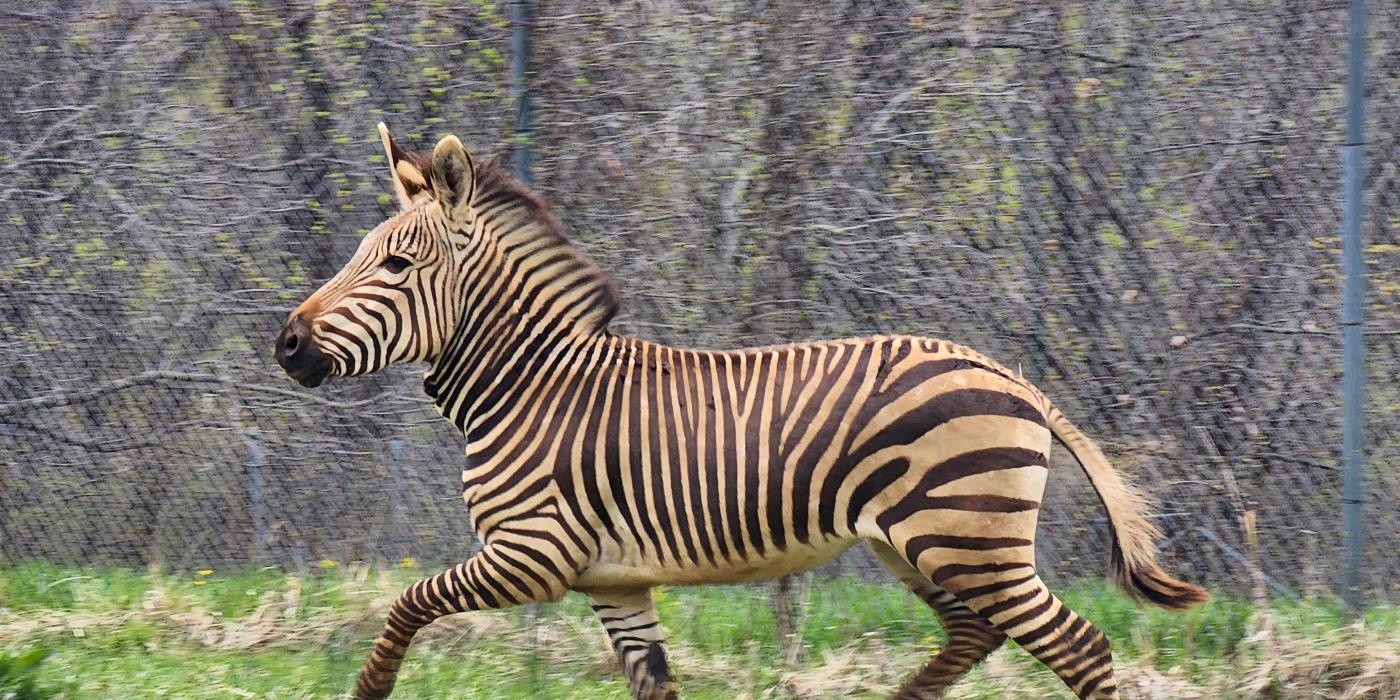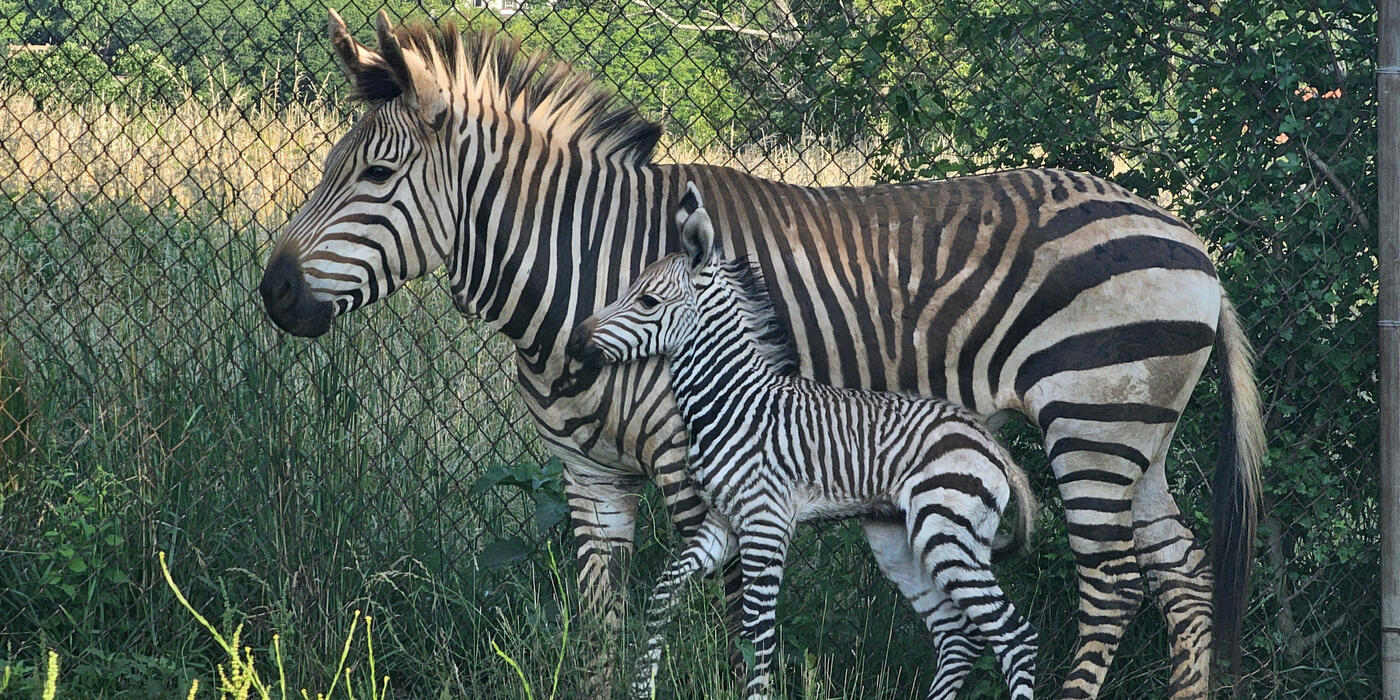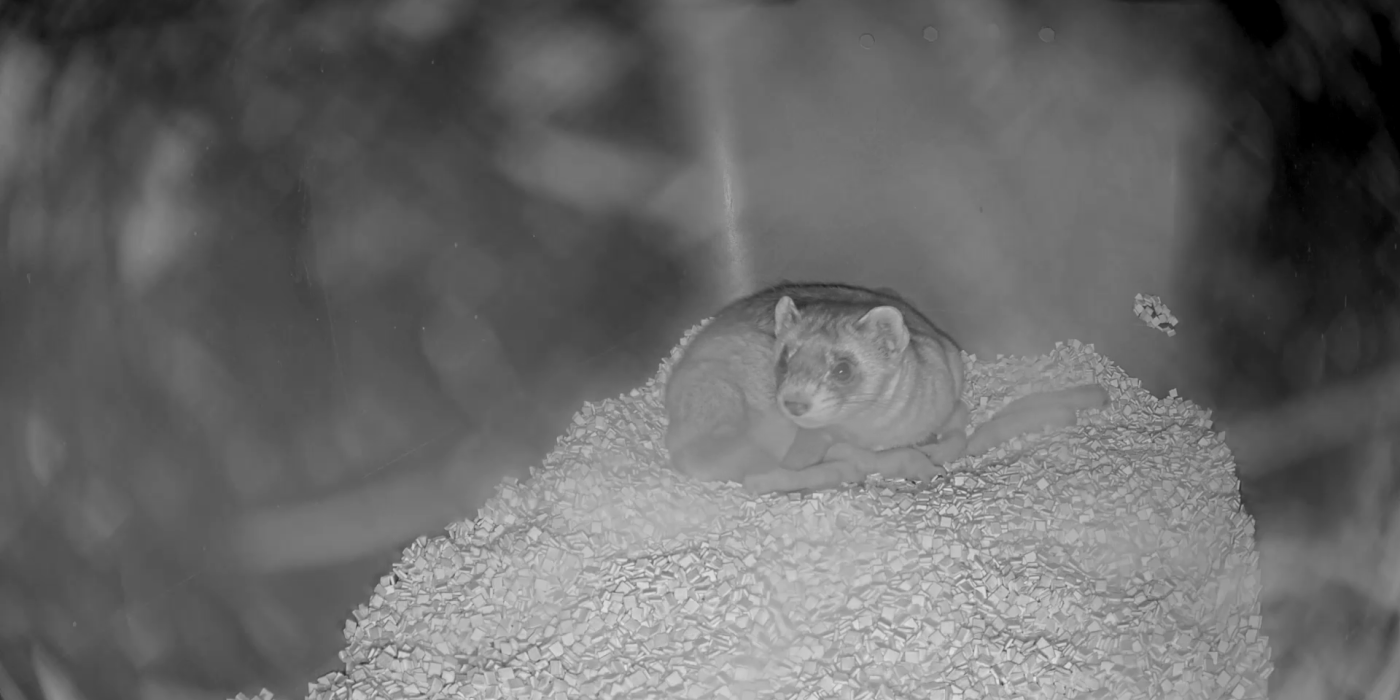Like Father, Like Son: A Hartmann’s Mountain Zebra Update
Springtime is often synonymous with baby booms. The same is true for many of the rare and endangered animals that we care for here at the Smithsonian Conservation Biology Institute in Front Royal, Virginia. As animal care specialists, we look forward to these “new beginnings”—it is incredibly rewarding to see our months and years of hard work manifest into an adorable bouncing baby!
Of course, those babies grow up to then contribute to their own species’ survival. But before that happens, many youngsters must learn what it means to be an animal—what to eat, how to behave and more—from their parents.
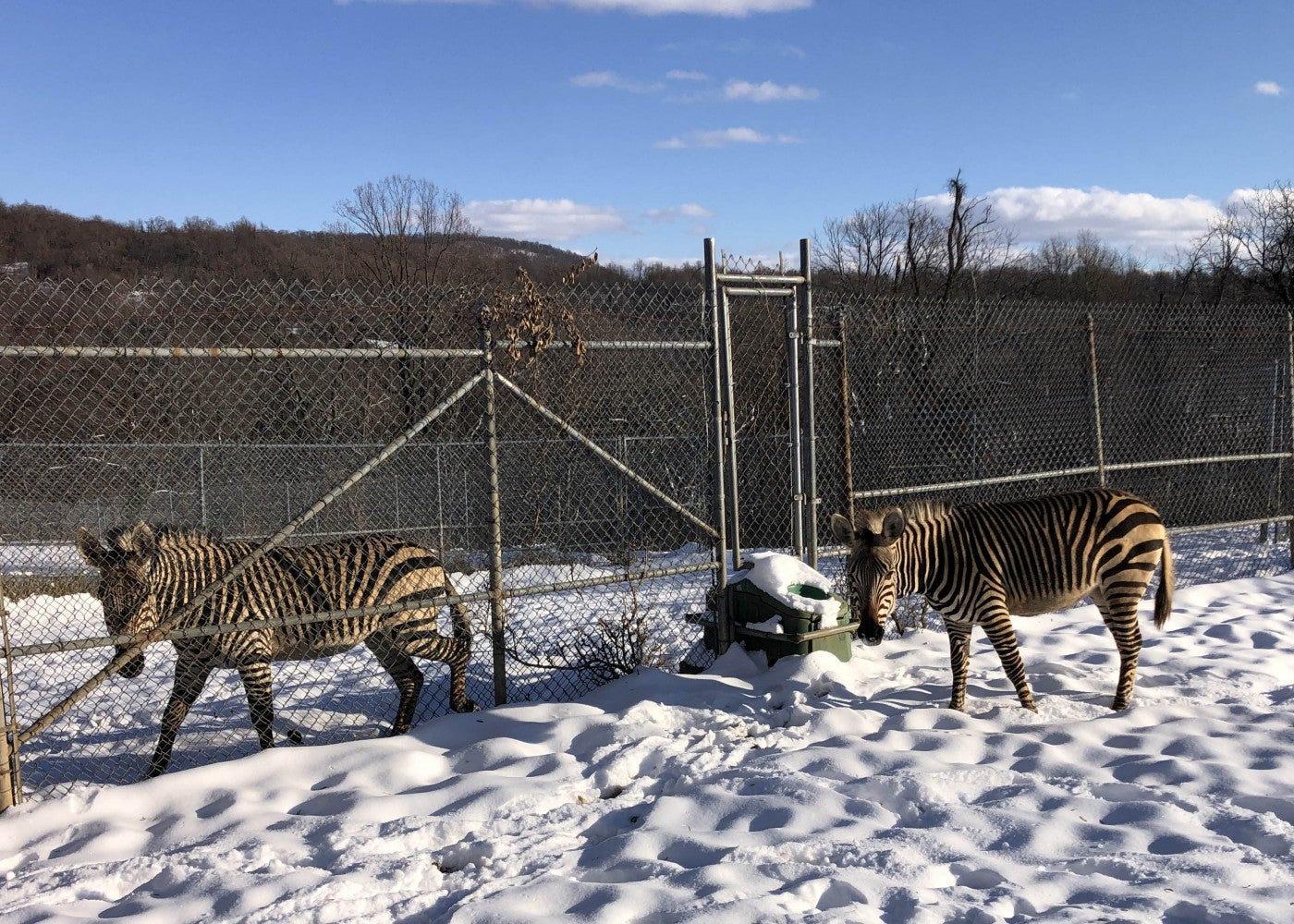
For Yipes, our 1-year-old male Hartmann’s mountain zebra, those lessons most recently came from his father, 7-year-old Rogan. Personality-wise, our juvenile zebra is a real combination of his parents. Dad is quirky, easy-going and sociable. Mother Mackenzie, who is 8 years old, is feisty and standoffish.
Over the winter, we introduced our inquisitive and rambunctious youngster to his dad. The pair hit it off and seemed to enjoy each other’s company. They spent much of their time exploring their shared pasture together. Often, we would see them chase one another and try to assert their dominance through play-fighting. When Yipes was younger, he similarly rough-housed with mom and Xolani, their 9-year-old female herd mate. However, Rogan’s age and experience—as well as his 830-pound frame—was a bit too much for 535-pound Yipes to contend with at times. So, we separated them.

Currently, the boys live in adjacent pastures where they can see, smell and interact with one another through the fence line. We often see them hanging out together, vocalizing and grazing as they go about their day. To keep things new and interesting for Yipes, we introduced more browse (leafy branches) into his diet, including bamboo, autumn olive and tulip poplar.
We have trained our zebras to step upon a scale so that we can routinely monitor their weight and overall health. Luckily, Yipes is very food-motivated, and will eagerly enter the scale chute for a portion of his pellets or some produce.
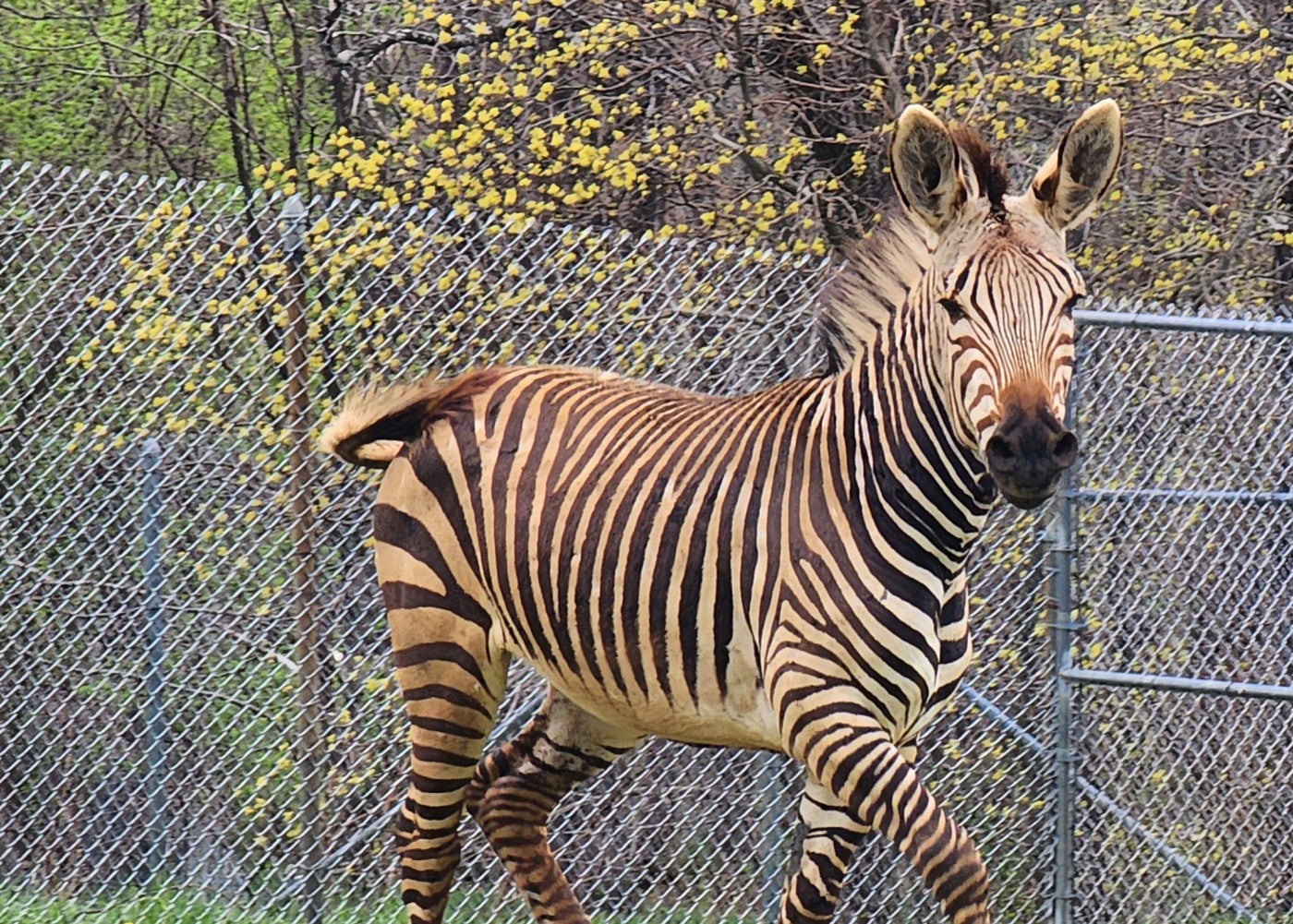
Knowing Yipes’ weight will also help inform our management decisions; this includes knowing when the time is right to reintroduce Yipes and Rogan. As long as they continue to display positive behaviors toward one another, we may be able to put them together in future. Yipes just needs a bit more time to grow and mature.
In other exciting news, our team is cautiously optimistic that both Mackenzie and Xolani are pregnant. Following a breeding recommendation, the females bred with Rogan last summer. The average gestation for Hartmann’s mountain zebras is 12 months, and we are starting to see baby bumps develop.
There has been very little research focused on the fundamental reproductive biology of zebras, but we are hoping to change that. As we have done with our Przewalski’s horse and Persian onager mares, we are training Mackenzie and Xolani to voluntarily urinate on cue for food rewards. Collecting urine is a non-invasive and stress-free way for us to obtain samples, which our Endocrine Lab can use to analyze hormones. In future, this will be another way for us to keep track of our animals’ health year-round, and can serve as a helpful model for other institutions who want to breed zebras. For now, we are keeping our fingers crossed that, in a few months, Yipes will become a big brother!
This story was featured in the May 2022 issue of National Zoo News. Read previous keeper updates about Yipes from July 2021, April 2021, February 2021, October 2020 and July 2020.
Related Species:

